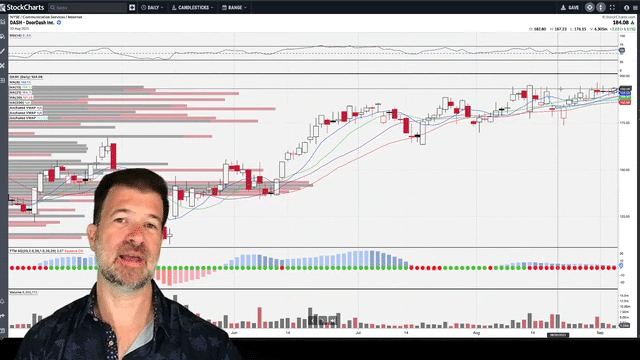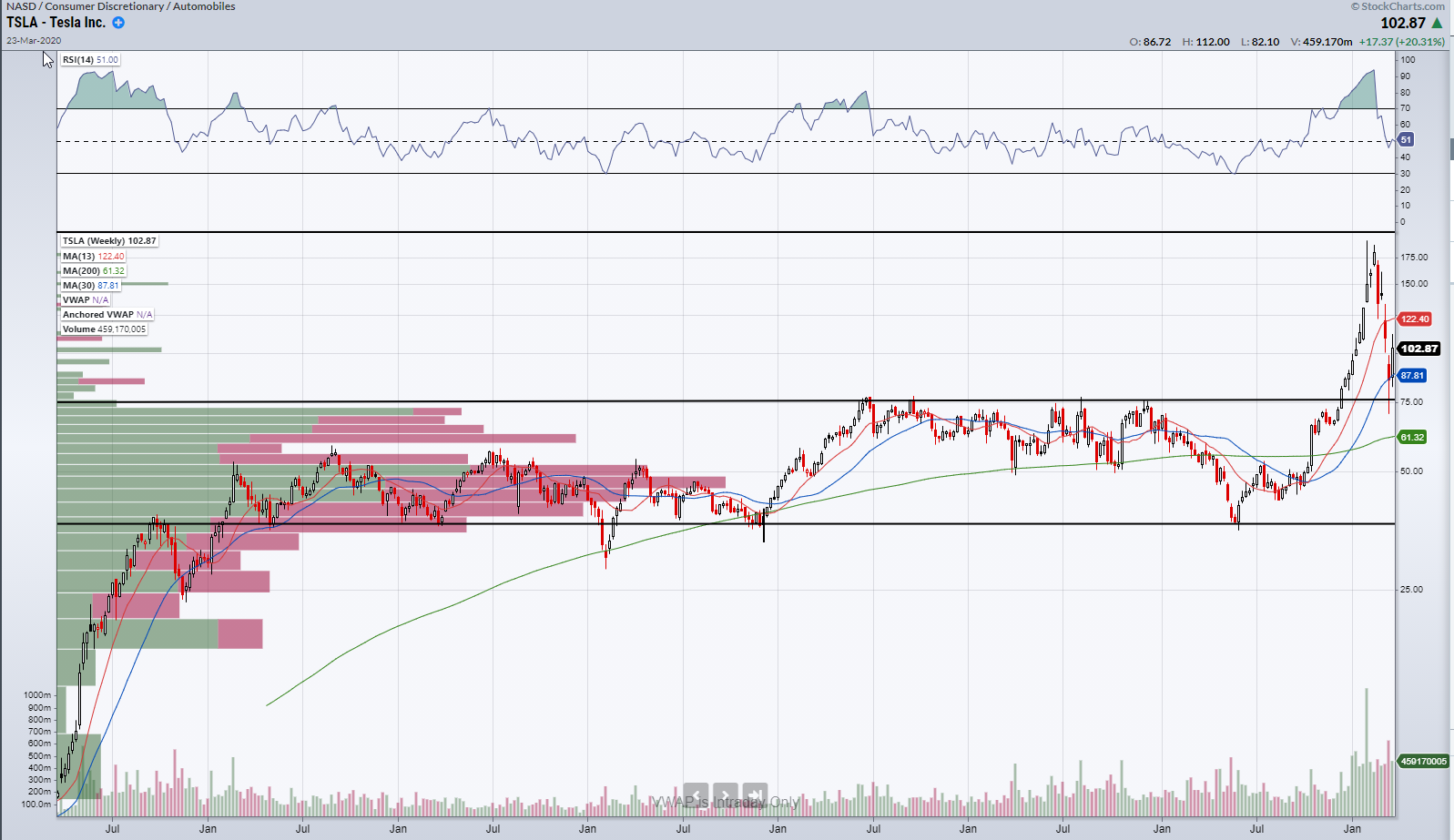Today I want to discuss perhaps the most important part of trading. This is the psychological aspect. A lot of new traders read a book or two on technical analysis or see some charts or candlestick setups on youtube and begin trading what they have learned.
The point is trendlines and support/resistance levels are the basics every Trader on the planet knows about, from beginner to expert.
So why do so many traders fail if this is all you need to know? Obviously, it’s because that is not enough. What’s more important than a trading setup is understanding the psychology behind that setup and where market participants are positioned.

On top of understanding the psychology of the market, a trader needs to understand his or her own psychology in order to avoid making some classic trading errors or at the very least, limit them.
Support/Resistance as Psychological Zones
Support and Resistance levels are best thought of as areas of demand and supply. The bigger the timeframe, and the longer a stock has consolidated between particular levels, makes them all that more important. Let’s use some levels of Tesla Inc (TSLA) as an example, as this was one of the biggest psychological battles from a market standpoint in recent memory.

Weekly Chart of TSLA INC before March 2020 (post-split)
As we can see, the $80 ($400 pre-split) level was a major resistance level for TSLA from 2017 to 2020. It was not able to break out and continue to hold above these levels. The $36 ($180 pre-split) was a major level of support from 2013, acting as a springboard on at least 5 occasions until 2020. Given the huge amount of short interest in this stock based on fundamental reasons, these 2 price levels set the boundaries of the battleground between bears and bulls.
A lot of short-sellers were convinced TSLA was overvalued at $80 when compared to their automotive rivals. And when Elon Musk tweeted about a phantom take-private offer at $420 (pre-split), shorts seemed to be correct in their skepticism of the company. An earnings miss and another loss-making quarter sent the stock tumbling to $36 ($180 pre-split). Musk himself said TSLA was weeks away from bankruptcy when they were able to do a capital raising at $48 ($240 pre-split) before the move to $36.
As it turns out, shorts who were betting on bankruptcy were wrong. TSLA held the $36 level, and after a turnaround quarter turning the company profitable with model 3 expansion, the bankruptcy thesis was in trouble. Then, after major hype surrounding the Cybertruck and another profitable quarter, the Bankruptcy thesis was over, and shorts were blown out to $193.80 (around $969 pre-split) before the Corona Virus hit.
Whilst this entire move was clean from a technical standpoint, it occurred due to a lot of psychological factors based upon the tug of war between bears and bulls. Once the $400 level was cleared and even more new shorts entered above $500, that set up a major gamma squeeze to $1000 (pre-split). To learn more about a gamma squeeze, click here (https://ragingbull.com/total-alpha/meme-stock-gamma-squeeze/).
Fighting a Trend
As we saw from TSLA, a stock is never “too high” or “too low”. The market can remain irrational longer than a trader can be solvent. On a stock such as TSLA, traders may be tempted to short moves that may seem overextended. However, for the most part, the trend is your friend, and any short positions should be risk-managed appropriately. The worst thing a trader can do is start adding to have a better average price. When a trade is going against me, I want to have the least size possible. Averaging losers is how traders blow up accounts.
Getting caught fighting a trend is a psychological mistake many traders have made when the price of a stock “doesn’t make sense.” Price action is all that matters in the market in the near term. Whilst it may be difficult for some traders to buy momentum stocks, stocks that are trending can go further than most think and should be traded with less size and, for the most part, in the direction of the trend. Traders need to be wary of Perma-fading, always trying to fight the direction of a stock.
Overtrading, Tilt, Not Respecting Stops, and Lizard Brain
Another major psychological issue with traders is overtrading/tilt trading. Mistakes such as revenge trading are likely due to the “Lizard Brain” or the amygdala, argues Australian investor and author Alan Hull. The amygdala is part of the limbic system and is responsible for emotional learning and instincts like the fight or flight response.
Hull says novice traders’ natural fear of losing prevents them from executing stop losses, which are limits that they previously, rationally decided to put on their positions. The fact that the lizard brain seeks instant gratification also plays a role in a trader’s decision-making. A big part of being a rational and great trader is overcoming and training the Lizard Brain. There are two techniques that can help; they are visualization and meditation.
Visualization
For every trade, there must be a plan, and if a developing trader has trouble following their plan, they need to find a way to overcome the fear of stopping out or going on tilt. A great exercise to train the brain is to do visualization exercises every day for 15 minutes or so before the market open. Only by accepting and experiencing turmoil are we best positioned to utilize it as a catalyst for growth. Thus a trader should visualize what they feel when a trade is going against them, recognize the emotion when they are wrong, and a stock is reaching their stop, and repeat this over and over. By doing this consistently, a trader can train themselves to respond appropriately when their stop is hit, and get out of the trade. Only when a trader is able to follow their plan and get out of bad trades will they be able to improve.
Meditation
Meditation can help traders become more self-aware. It is highly recommended by many fund managers, including Ray Dalio of Bridgewater Capital. A lot of moods and actions made by a trader can be made on a subconscious level. When a trader experiences stress, their breathing can become short, and their heart rate can increase. Meditation can not only help a trader learn to stay calm but also be more aware that they are in fact, under some form of stress. Combined with visualization, this can help a trader act appropriately and not be ruled by the lizard brain.
Bottom Line
I believe that simply reading a chart and drawing some trendlines is not enough to become a great trader. Understanding the psychology behind these patterns and where market participants are positioned is far more important. When you understand where a lot of traders are positioned, you are more likely to understand how they will act and thus have a better grip on what a stock price is more likely to do next. Understanding your own psychology is also very important. A trader’s job is to have a thesis, make a plan, and trade it accordingly. If a developing trader cannot follow their plan, this is most likely to fear of stopping out. This is probably caused from a psychological perspective by the lizard brain or amygdala, which is responsible for emotional learning and instincts like the fight or flight response. To become a great trader, a developing trader needs to overcome the problems caused by the lizard brain and act rationally. 2 techniques to help traders overcome these problems and train themselves to act appropriately are Visualization and Meditation.






1 Comments
Very great and valuable insights. Appreciated